Tag: CRRT

Initiation of CRRT vs. Intermittent Hemodialysis in Critically Ill Patients with Severe AKI
In critically ill patients with severe acute kidney injury (AKI), initiation of continuous renal replacement therapy (CRRT), as compared to intermittent hemodialysis (IHD), was associated with a significant reduction in the... read more
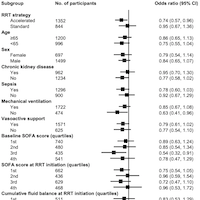
Optimal RRT for Critically Ill Patients with Severe AKI
In critically ill patients with severe acute kidney injury (AKI), initiation of continuous renal replacement therapy (CRRT), as compared to intermittent hemodialysis (IHD), was associated with a significant reduction in the... read more
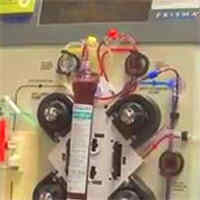
Continuous RRT in Critically Ill Children
The survival rate of patients received continuous renal-replacement therapy (RRT) treatment in our center has improved over past 10 years, and some changes have taken place during these periods. Among them, early initiation... read more

Advances in Critical Care Pediatric Nephrology: Point of Care Ultrasound and Diagnostics
The book covers advances in critical care pediatric nephrology, including care of sick children with acute kidney injury. The book contains detailed guidance on point of care ultrasound in children with acute kidney injury... read more
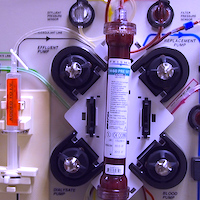
The Association of Platelet Decrease Following CRRT Initiation and Increased Rates of Secondary Infections
Platelet count drop by greater than 40% following continuous renal replacement therapy (CRRT) initiation is associated with an increased risk of secondary infection, particularly in patients with thrombocytopenia at the time... read more

How I Prescribe CRRT
Continuous renal replacement therapy (CRRT) delivers gradual clearance of solutes, fluid balance control, and haemodynamic stability. CRRT does not appear to increase survival compared to intermittent renal replacement therapy... read more

Correction and Control of Hyperammonemia in Acute Liver Failure
Continuous renal replacement therapy (CRRT) is associated with reduced ammonia concentrations in acute liver failure patients. This effect is related to greater cumulative dose. These findings suggest that continuous... read more

Intermittent Hemodialysis for Managing Metabolic Acidosis During Resuscitation of Septic Shock
Favorable changes in physiologic and biochemical variables and norepinephrine dependency were observed after IHD in patients with septic shock complicated by metabolic acidosis during resuscitation. Further studies are needed... read more
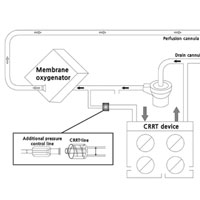
Using Additional Pressure Control Lines When Connecting a Continuous RRT Device to an ECMO Circuit
The present study suggests that the use of additional tubing can be considered a simple and safe method for pressure control and improvement of filter survival when connecting a continuous renal replacement therapy (CRRT)... read more
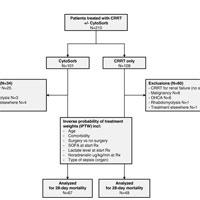
CytoSorb Associated with Decreased Observed vs. Expected 28-day All-cause Mortality in ICU Patients with Septic Shock
CytoSorb was associated with a decreased observed versus expected 28-day all-cause mortality. By IPTW analysis, intervention with CytoSorb may be associated with a decreased all-cause mortality at 28 days compared to CRRT... read more

Early Mobilization on CRRT is Safe and May Improve Filter Life
Despite studies demonstrating benefit, patients with femoral vascular catheters placed for continuous renal replacement therapy (CRRT) are frequently restricted from mobilization. No researchers have reported filter pressures... read more
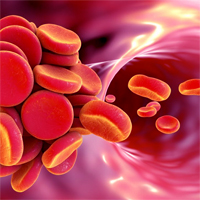
Thrombosis and Bleeding in the ICU
ICU patients are high risk of developing thrombotic complications such as deep venous thrombosis (DVT) and pulmonary embolism (PE). Indeed, due to the hypercoagulative state typical for many forms of critical illness associated... read more

Continuous RRT – Understanding Circuit Hemodynamics to Improve Therapy Adequacy
The utilization of continuous renal replacement therapy (CRRT) increases throughout the world. Technological improvements have made its administration easier and safer. However, CRRT remains associated with numerous pitfalls... read more

Optimizing Ceftolozane-tazobactam Dosage in Critically Ill Patients During Continuous Venovenous Hemodiafiltration
Ceftolozane-tazobactam (C/T), the combination of a new cephalosporin with a classic β-lactamase inhibitor, is currently considered the most active betalactam antibiotic against P. aeruginosa. Despite several case reports... read more




